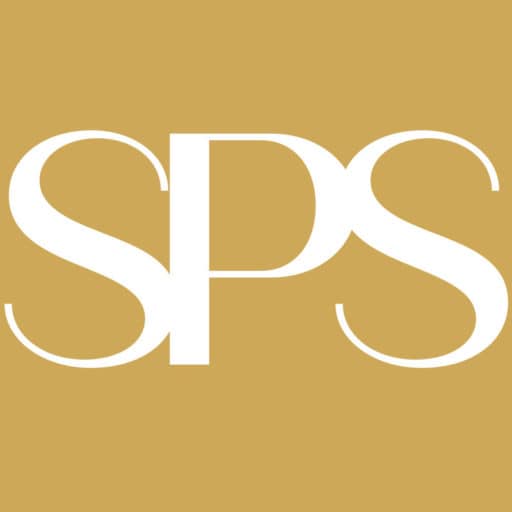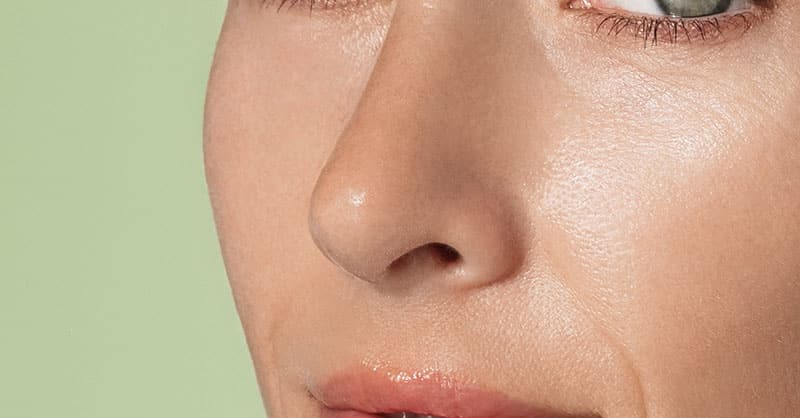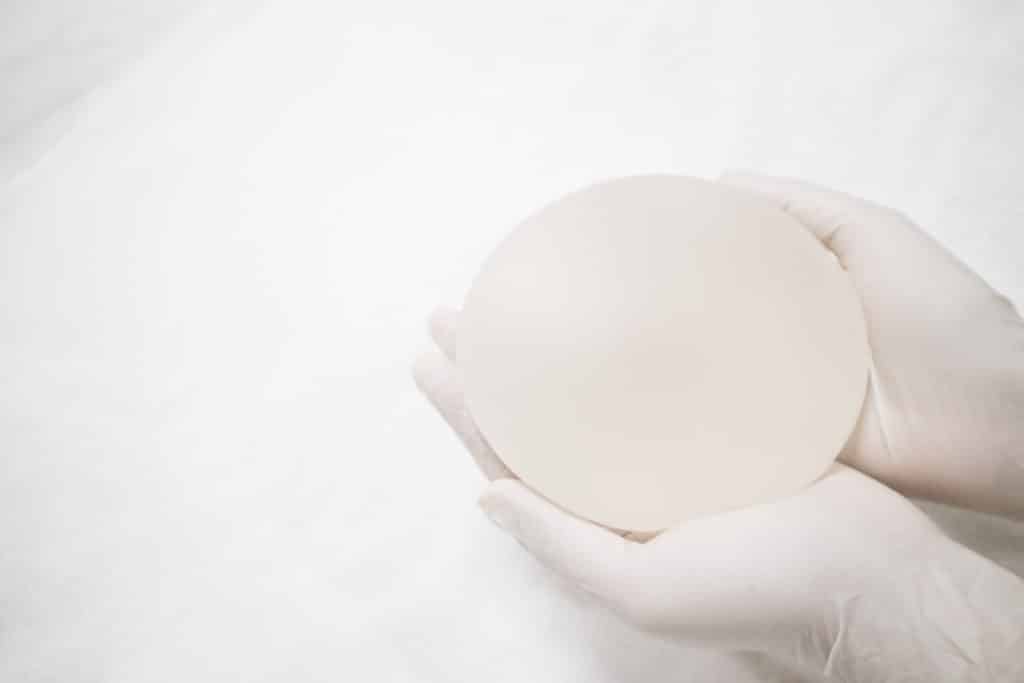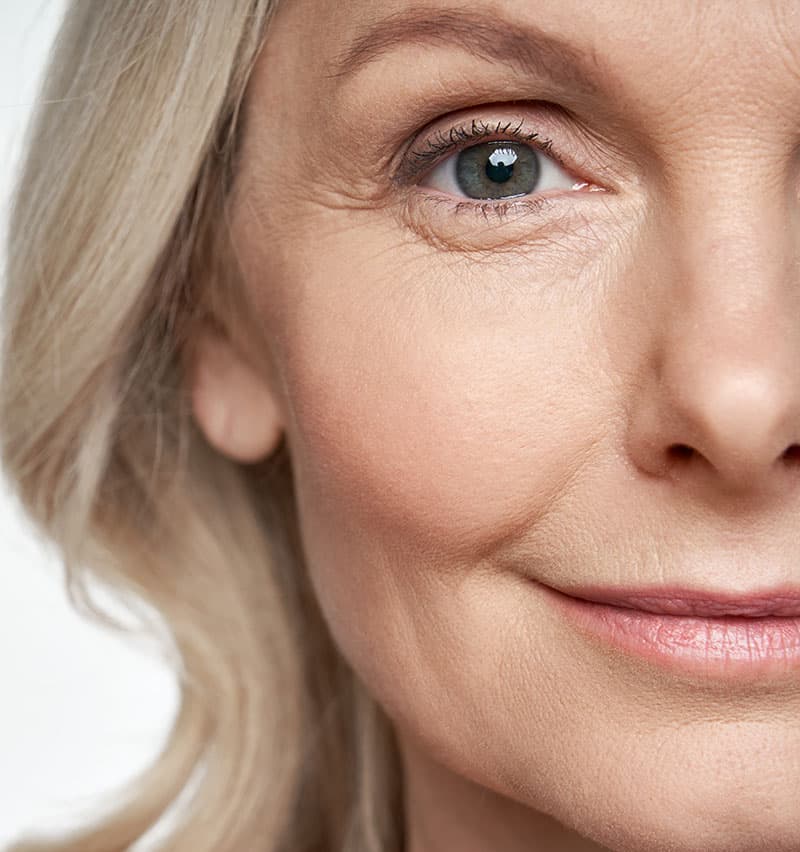If you are unhappy with the shape of your nose, you might be looking into a nose job, or Rhinoplasty. Rhinoplasty is one of the most common surgical procedures on the market and can be used to correct imperfections or correct overall nasal functionality.
Surgical Rhinoplasty
Aesthetic nose jobs are most commonly used to improve the overall appearance of the nose or to correct deformities, such as a crooked or humpbacked nose.
During a rhinoplasty, the surgeon may make incisions either inside the nostrils or on the exterior of the nose, depending on the desired outcome. The surgeon may then reshape the bone and cartilage of the nose, add, or remove tissue, or adjust the nasal tip to create the desired appearance.
Functional Rhinoplasty
Now, some Rhinoplasty procedures are designed to help with overall nasal functionality such as breathing difficulties caused by a deviated septum, nasal valve collapse, or other structural problems.
The primary goal of functional rhinoplasty is to improve your ability to breathe easily and comfortably through the nose.
During a functional rhinoplasty, the surgeon may make incisions inside the nostrils or on the exterior of the nose, depending on the location of the structural problem.
They may then reshape or remove bone or cartilage to correct the underlying issue and improve the patient’s ability to breathe.
Functional rhinoplasty can be performed on its own or in combination with cosmetic rhinoplasty to improve both the function and appearance of the nose.
Aftercare of a nose job
Aftercare following rhinoplasty is an important part of the recovery process and can help to ensure that you experience optimal healing and achieves the best possible results from the procedure.
Here are some general guidelines for aftercare following a rhinoplasty:
- Follow the surgeon’s instructions: The surgeon will provide specific instructions for post-operative care, including medications to take, restrictions on activity, and when to follow up for a post-operative appointment. It is important to follow these instructions closely to ensure optimal healing.
- Manage pain and swelling: It is common to experience some discomfort, pain, and swelling following a rhinoplasty. Your surgeon may prescribe pain medications to help manage any pain or discomfort, and using ice packs can help to reduce swelling.
- Rest and avoid strenuous activity: Get plenty of rest in the days following the surgery and avoid any strenuous activity or exercise that could increase blood pressure and disrupt the healing process.
- Keep the nasal area clean: You should keep the nasal area clean and dry following the procedure and avoid blowing your nose or sneezing if possible. The surgeon may recommend using a saline spray or other nasal rinses to keep the nasal passages moist and clean.
- Protect the nose: It is important to protect the nose from any accidental bumps or impacts during the healing process. The surgeon may recommend wearing a protective splint or avoiding certain activities to minimize the risk of injury.
As with any surgical procedure, rhinoplasty carries some risks and potential complications, so it is important to discuss the procedure thoroughly with a qualified plastic surgeon before deciding whether it is right for you.
Additionally, it is important to have realistic expectations about the results and to follow the surgeon’s post-operative instructions carefully to ensure optimal healing and recovery.
If you have any questions about Rhinoplasty or would like a consultation with one of our experts contact Specialists in Plastic Surgery.






